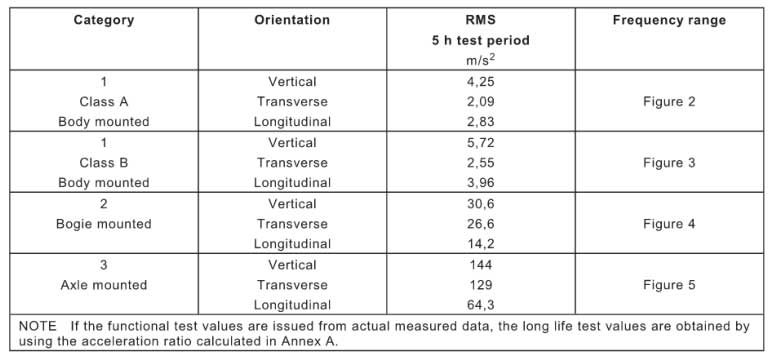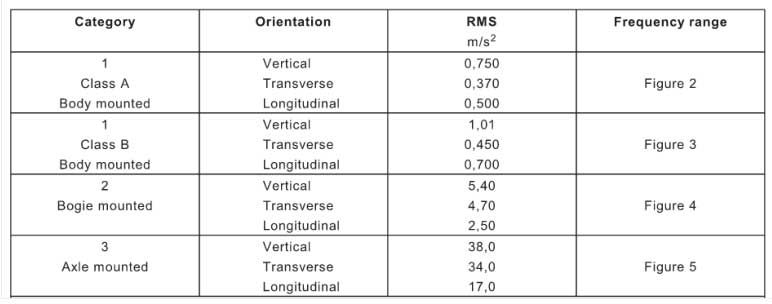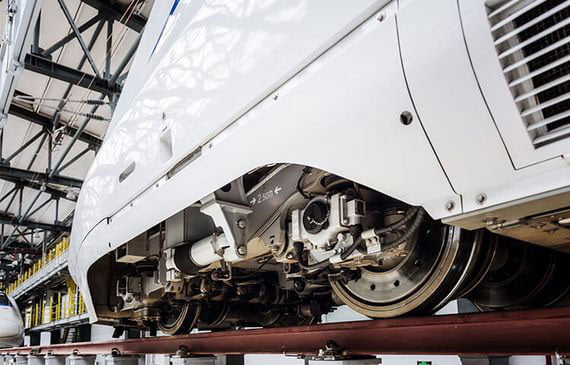The EN 61373 Vibration test standard specifies the requirements for reliability tests to be carried out on equipment used in railway rolling stock, which, due to the characteristics of the railway operating environment, are subject to vibration and shock during use. To ensure that these devices are of acceptable quality, they must be tested for a reasonable length of time to simulate the actual conditions of use during their intended service life, which is essential to verify the resistance of the equipment to the vibration and shock stresses it is subjected to during normal railway operations.
The tests specified in EN 61373 Vibration test method are designed to replicate the dynamic forces encountered when the equipment is installed on a railway rolling stock. By performing this standardized vibration and shock test on equipment, manufacturers can demonstrate that their design has the necessary robustness and reliability to operate safely and reliably in the demanding railway environment, which helps ensure the quality, safety and reliability of the equipment during the rolling stock service.

EN 61373 Vibration testing specifies the test requirements for equipment test items for railway rolling stock. The vehicles are then subjected to vibrations and shocks from the railway operating environment. The test item must be subjected to a reasonably sustained test period to ensure that the conditions of use during the simulated intended service life are met; however, the EN 61373 vibration test method is not intended to cover self-excited vibrations, as these vibrations are specific to a particular application.
There are many different ways to simulate long life testing. Each method has its own advantages and disadvantages. Here are the most common methods:
EN 61373 Vibration test focuses on rolling stock on fixed track systems. However, its wider application is not ruled out. For systems using pneumatic tyres or other transport systems such as trolleybuses, suppliers and customers must agree on the level of testing at the tender stage.
When the installation orientation of the test equipment is not clear, the test equipment shall be tested vertically on all three axes, as shown in Table 1.

All different types of test equipment should undergo a 15-hour conditioning period. Usually divided into 5 hours of conditioning time on three perpendicular axes. If the test equipment is found to be overheating during the test, the test should be stopped for a period of time in order to restore the test equipment to normal. However, it must be noted that the total duration of 5hl vibration should be achieved. If the test stops, this should be stated in the report.
The shaker system shall be tested against the relevant root-mean-square values and frequency ranges shown in Table 2. When the installation direction of the device is unclear or unknown, the test should be carried out on three axes, with the vertical axis giving the root-mean-square value

Duration of functional vibration tests
Note 1: The purpose of this test is to demonstrate that the device under test is not affected by the applied test grade, which represents the expected level of use.
Note 2: Assuming that these tests are usually not less than 10 minutes, the duration of the functional vibration test should be sufficient to enable all specified functions to be performed.
In addition to EN 61373 vibration test, we have a full range of expertise, including environmental testing for temperature, humidity, dust and shock. Contact one of our engineers by submitting the form below
